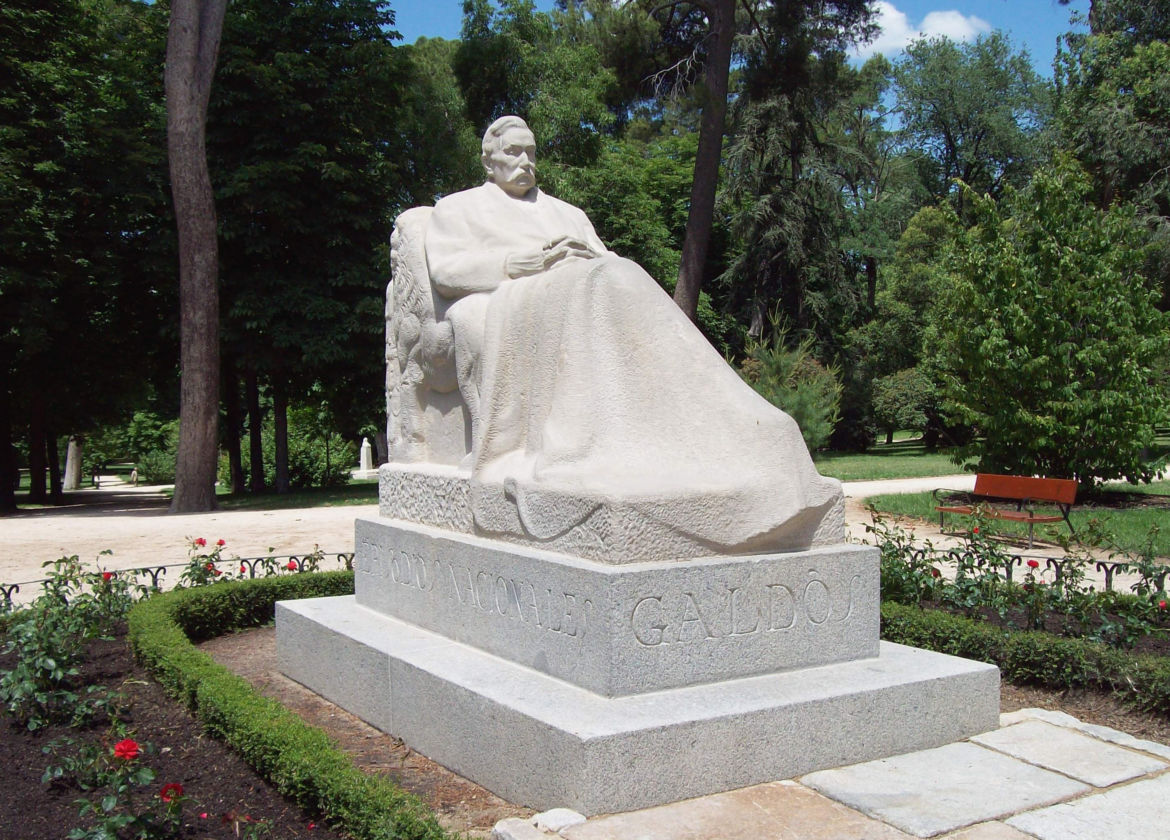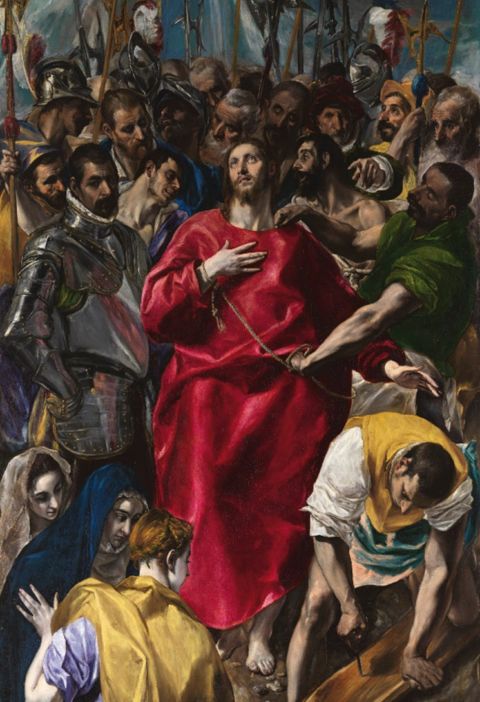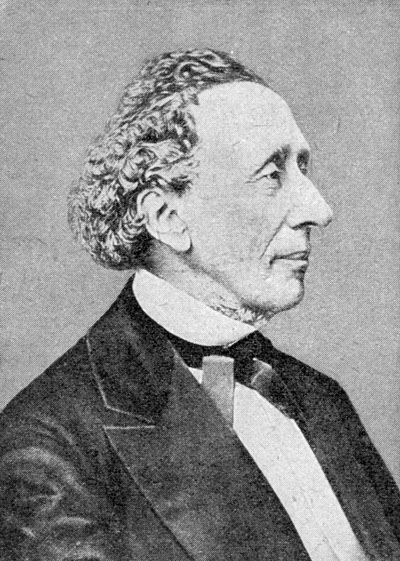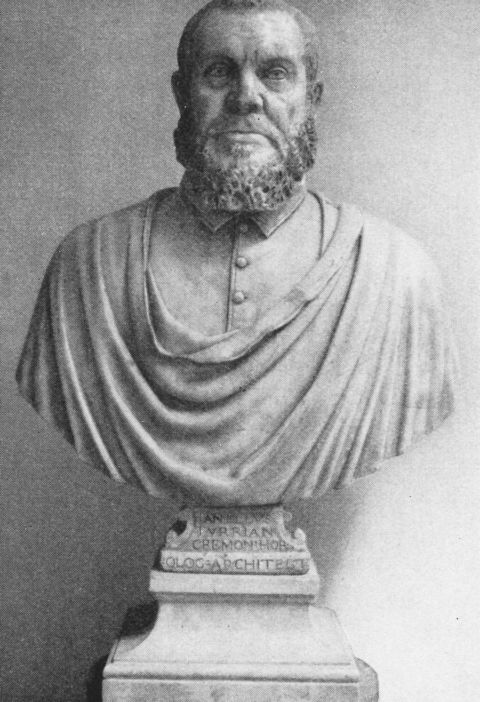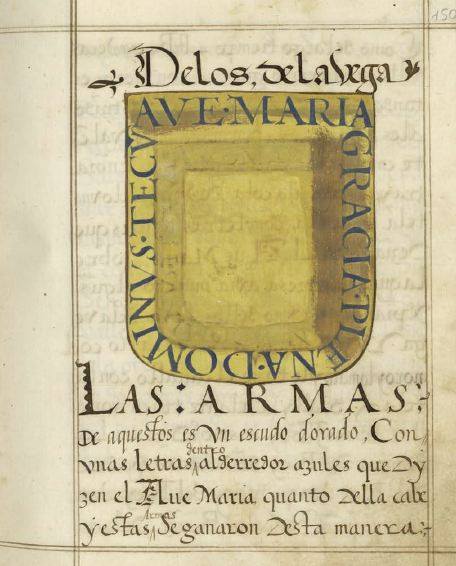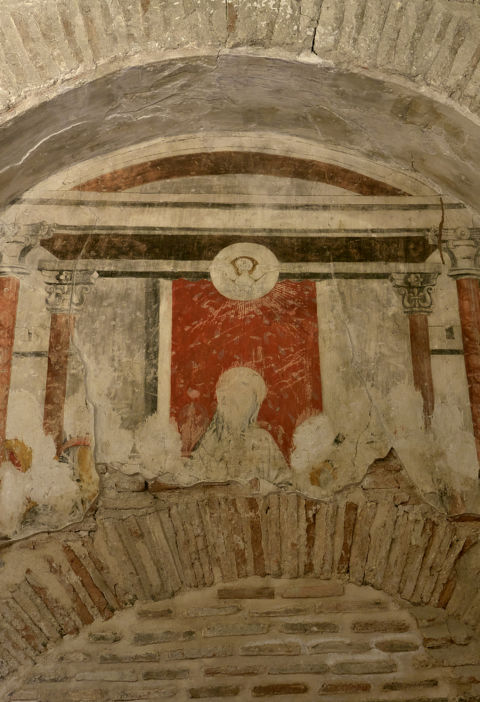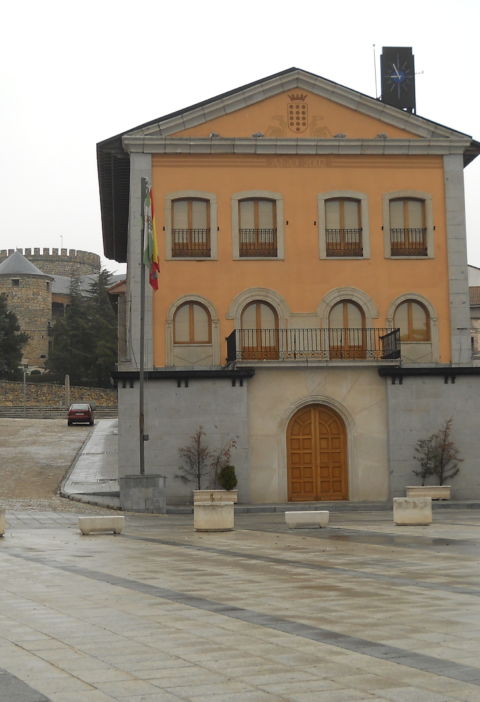Toledo is in debt to Benito Pérez Galdós. This interesting article by Carlos Dueñas analyses the figure of the writer in relation to the city of Toledo.
Enrique Sánchez Lubián is right when he suggests or demands that Toledo is in debt to Benito Pérez Galdós and that he should be recognized by dedicating a street, square or promenade to him.
And is that the relationship of the famous writer with our city was very close and extensive and in some of his works is reflected our city with that vision as realistic as sour sometimes and other times something sweeter that Galdós used to write.
Thus in both “Tristana” and “Ángel Guerra”, the Canarian author makes a clear and profound analysis of Toledo’s life in the former “Imperial City” and the contrast between wealthy neighbourhoods and families and poverty bordering on the misery of the poor and less favoured areas.
In the same way, he tells us how the Primate Cathedral went from its maximum splendour to penury after the Disentailment.
And all this using characters so real that each of the readers of his works could identify perfectly with them.
Thus, names such as Tristana, Don Lope, Saturna, Doña Sales, Leré, Doctor Miquis, the beneficiary Francisco Mancebo, Don Pito, etc. (without forgetting the sheep Mariucha), will be forever linked to our city.
I’m sure you’re also interested in: Of arms and letters: Garcilaso de la Vega
 By Joaquín Sorolla y Bastida – Original picture in the Casa-Museo Pérez Galdós (Cabildo de Gran Canaria), Public domain, Link
By Joaquín Sorolla y Bastida – Original picture in the Casa-Museo Pérez Galdós (Cabildo de Gran Canaria), Public domain, Link
Carmen Vaquero tells us that, at first, our writer did not like Toledo very much and this is reflected by don Benito in his essay “Las generaciones artísticas en la ciudad de Toledo” (1870), where the city does not receive much praise and even goes so far as to say that it was a place for lizards and archaeologists.
Galdós often came to Toledo because of its proximity to Madrid, and here he stayed at the Lino hotel or in the street of Santa Isabel in the house of the Figueras sisters.
Plaques in both places reflect the author’s passage through our city. Later he stayed at the Alberquilla estate, from where he went up to the centre of Toledo with a friend who, according to Gregorio Marañón, was called “Melejo”
.

Plaque dedicated to Galdós in Calle Santa Isabel de Toledo. Photo: Antonio Marín.
My first readings as a teenager were some of the “National Episodes” of the first series on the War of Independence. And in the second, in the volumes “Los Apostólicos” and “Un faccioso más y algunos frailes menos”, Galdós speaks of Toledo, including a character related to a certain cigarette.
” Ángel Guerra” was published in 1891 and in this work we discover a Toledo, let’s say different, from the prolific author’s hand, where alleys and convents take on a special character under his prism, always critical but at the same time adorned with the charm of that time, a time when he spoke and later brought to our city the future doctor Marañón, who besides devoting himself to medicine, would also be a splendid writer, as well as many other activities. Doctor Marañón dedicated to Galdós a chapter of his work titled “Elogio y nostalgia de Toledo”, in which many facets of the Canarian writer are shown to us.
Carmen Vaquero assures us that the relationship -first of disaffection and then of love- with Toledo continued throughout the author’s life. Here he had very good friends, one of them, the painter based in Toledo Ricardo Arredondo, who went so far as to say that, although Galdós was anticlerical, he became friends with nuns, priests and canons of our city.
A lover of good cuisine, he also gave a good account of typical Toledan dishes such as partridges, roasted kid, etc., without forgetting marzipan, which, according to Vaquero, was stuffed in the Labrador confectionery, located in the Plaza de la Magdalena, without forgetting the jam made by the Comendadoras de Santiago.
It may be that the success of Galdós’ works and that style we know as “Galdosiano”, was due to the fact that he knew how to capture the language and gestures of any person like no one else and this was reflected in his novels.
I want to end with a curiosity and it seems that don Benito knew how to distinguish the sound of the bells of each church in Toledo.

